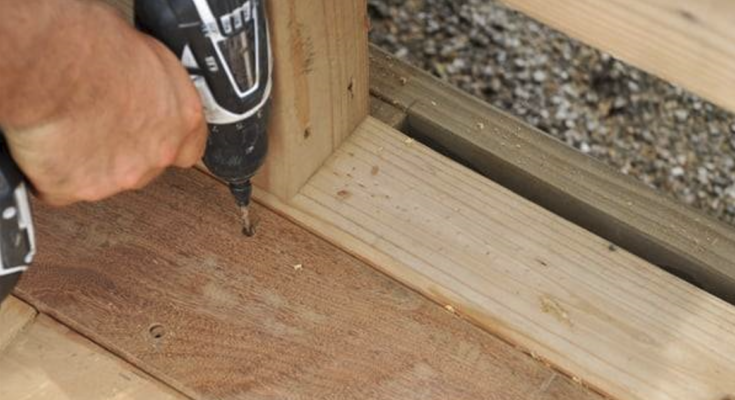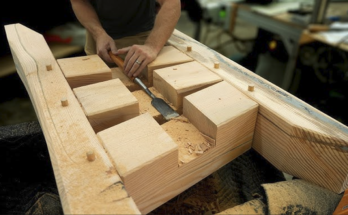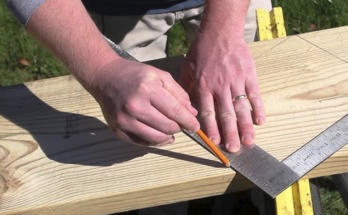Driving screws into wood without splitting it can be a frustrating challenge, especially when working with delicate trim, hardwoods, or thin boards. The good news? You can avoid splitting wood completely by using the right techniques and tools. Here’s how to ensure a smooth, secure screw installation every time!
1. Always Drill a Pilot Hole
One of the easiest ways to prevent wood from splitting is by drilling a pilot hole before inserting the screw. A pilot hole allows the screw to go in smoothly without forcing the wood fibers apart.
- Use a drill bit slightly smaller than the screw’s shaft (not including the threads).
- For hardwoods, make the pilot hole slightly larger to reduce resistance.
- If you’re using long screws, drill a deeper pilot hole to prevent excessive force on the wood.
2. Use the Right Type of Screw
Not all screws are created equal! Some screws are designed to reduce splitting, while others can cause damage. Look for:
- Self-tapping or self-drilling screws – These have a special tip that cuts into the wood as you drive them in, reducing stress.
- Wood screws with tapered bodies – These allow a smoother entry without forcing the wood apart.
- Screws with a straight shank (not thick near the head) – Thick, unthreaded portions can force wood apart and cause splitting.
3. Avoid Screwing Too Close to the Edge
Placing a screw too close to the edge of a board is a common cause of splitting. To prevent this:
- Keep screws at least 1 inch away from the edges of the wood.
- If you must place a screw near the edge, drill a pilot hole and drive the screw in slowly.
- Consider angling the screw slightly to reduce outward pressure.
4. Use a Countersink Bit for a Clean Finish
A countersink bit helps create a small recess for the screw head, preventing pressure from splitting the wood surface. This is especially useful for softwoods and finished carpentry. Simply:
- Drill a pilot hole first.
- Use a countersink bit to create a slight cone-shaped recess for the screw head.
- Drive in the screw so it sits flush with or just below the surface.
5. Drive Screws in Slowly and Evenly
Forcing a screw in too fast can build up pressure and cause the wood to crack. Instead:
- Use a low-speed setting on your drill to drive the screw gradually.
- Apply steady, even pressure—don’t over-tighten!
- If resistance builds up, back the screw out slightly and drive it in again to help clear a path.
By following these simple steps, you can avoid splitting wood and get strong, clean screw installations every time. Whether you’re building furniture, framing walls, or working on fine woodworking, these pro techniques will save you time, materials, and frustration! 🔩🛠️



